Have you ever wanted to reduce your utility bills or not depend on the grid electricity at all? It is a pretty common thought, and it is even stronger when the grid electricity prices keep increasing.
Due to the growing eco-consciousness and rising utility costs, an increasing number of homeowners are switching to solar energy. A solar power generator is one of the most effective and easiest tools for this transition.
But how exactly does it work? And more to the point, will it run your whole house?
In this article, we will talk about how you can generate solar power at home in a way that is viable, cost-effective, and scalable to fit your lives.
What Is a Solar Power Generator?
A solar powered generator is a compact and portable system that converts sunlight into electricity using solar panels. It uses an inverter to convert the Direct current (DC) from the solar panels to Alternating current (AC), and then this ACi= is either used to power your appliances or charge the battery for later use. Its main components include:
- Solar panels to capture sunlight.
- A charge controller to regulate the flow of energy.
- An inverter to convert DC to AC
- A battery to store power for home use.
Unlike gas generators, solar powered generators run quietly, consume no fuel, and emit no fumes, making them suitable for use both indoors and outdoors.
How to Generate Solar Power at Home (Step-by-Step)

Here is how you can start generating your own electricity through a solar powered generator:
1. Assess Your Energy Needs
The first step is to estimate how much power you need to run your day-to-day appliances. This helps you determine what should be the capacity for your solar generator.
An average American household uses about 30 kWh per day, so if you are looking to go completely off-grid you will need a solar system that can match ot exceed that. The best approach is to have a hybrid system (solar for the day and grid for the night), this way you can adjust your solar power requirements accordingly.
2. Choose the Right System Size
A mid-sized solar power station will be sufficient to power appliances like a fridge, lights, TV or Wi-Fi router, however if you want to run your air conditioner or larger appliances, you may need a more extensive system.
A 400W panel on a sunny day should be able to produce approximately 2 kWh of energy per day. 2 Kilo Watt Hour means you have 2000 watts of energy for one hour, with this you can run:
- A washing machine (500 watts) for 4 hours
- An LED TV (200 watts) for 10 hours
- A coffee maker (9000-1000 watts) for 2 hours
With this understanding you can choose a solar power system that can power most of your appliances.
3. Install Solar Panels
Once you have selected the right solar system for your home, the next step is installation. Modern solar systems are modular and come with easy installation guides, so this step should not be much of a trouble for you.
Before installing solar panels, make sure your roof is structurally sound and can bear 10-25 years with the solar panels. When installing the panels, make sure they are tilted at a right angle to the sun and face south (in the Northern Hemisphere) to capture the maximum amount of sunlight.
4. Connect to a Solar Generator
The panels transmit energy to the solar power station, where first it is inverted (from DC to AC) and then stored for future use. Most solar generators come with various output options, so you can simply plug in your home appliances, lights, or even charge an electric vehicle.
5. Monitor & Maintain
Modern solar power stations have intelligent displays and app monitoring to allow you to monitor battery levels and solar input in real-time.
The Benefits of Using a Solar Power Generator at Home
A solar powered generator is not only a backup plan, but an innovative and futuristic investment. Modern solar systems offer:
- Zero Fuel Required – No need for gas, propane, or diesel
- Quiet Operation – Perfect for indoor use, night use, or remote cabins
- Renewable Energy – Completely clean, sustainable power
- Scalable Systems – Start small and expand over time
- Emergency Ready – Keep lights, fridges, and CPAP machines running during blackouts
And unlike permanent rooftop solar systems that require professional installation, solar-powered generators are plug-and-play.
Ideal Uses for a Solar Generator for Home Setup
A solar generator for home would be great to power up important appliances such as:
- Wi-Fi routers and laptops
- LED lights
- Mini-fridges or full-size fridges
- Security systems
- Medical equipment (CPAP machines, etc.)
When it comes to larger-scale applications, such as HVAC systems, water heaters, and electric ovens, you will require a solar generator with greater capacity for whole-house use.
Choosing the Right Solar Setup: Portable vs. Permanent
When choosing a solar power generator, it is essential to be aware of the two major categories: portable solar power systems and rooftop permanent solar power systems. They both have their pros and cons, depending on the amount of energy you need, your budget, and your lifestyle.
Permanent Rooftop Solar Systems
These are permanent systems installed on the roof, typically requiring a professional installer, a permit, and are a long-term investment. They are perfect when you intend to live in your house for several years and would like to make all your appliances run efficiently, from your oven to your HVAC.
They come with:
- Higher upfront cost
- Long-term savings
- Tied to the home
Portable Solar Power Generators
A portable solar power generator is a plug-and-play system, which does not need permits and extensive installation. It is portable, you can carry it along, or store it away as an emergency. It is ideal for tenants, people who travel extensively or someone looking for a flexible energy backup.
They offer:
- No installation hassle
- Great for emergencies and travel
- Scalable and budget-friendly
Pro Tip:If you are considering switching to green power, consider Mega 5 from Oupes, which offers 5,040Wh capacity, expandable power (upto 45.36kWh), fast charging, and a LiFePO4 battery.
FAQs
Can a solar generator power a house?
Yes, but it depends on the system size. A large-capacity solar generator for whole house use can power most appliances, though you may need multiple batteries or a hybrid setup for extended use.
How long will a solar generator power my refrigerator?
A 1000Wh generator can run an average refrigerator (150W) for about 6–7 hours.
Can a solar generator power an air conditioner?
Yes, but only high-capacity models (usually over 2000Wh) can handle the startup surge required by most AC units.
What is the best solar powered generator?
The best one depends on your needs. For all-around value and reliability, the Mega 5 from Oupes offers excellent performance, long battery life, and expandability, making it ideal for both home use and emergencies.
Are solar powered generators worth it?
Absolutely. They're quiet, eco-friendly, and can save you thousands over time.
Final Thoughts
Generating solar energy at home is easier than ever. Whether you're just powering your fridge during an outage or going fully off-grid, a solar generator for whole house is a clean, quiet, and reliable solution.
And with trusted brands like OUPES offering both portable and large-scale solar power station kits, it’s never been simpler to bring the power of the sun to your home.
So, are you ready to generate your own power? The sun is shining, you just need to plug in.






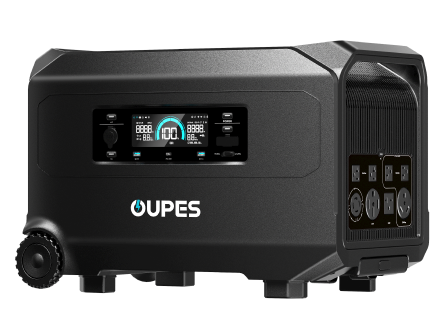
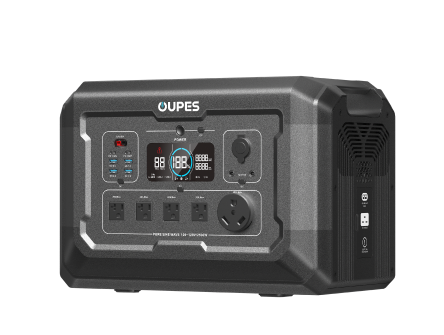
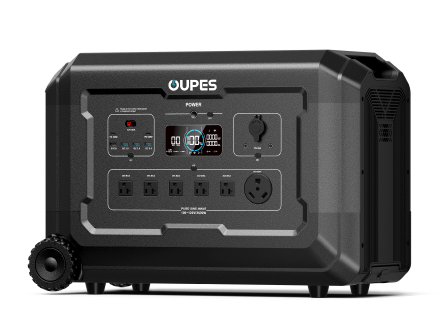
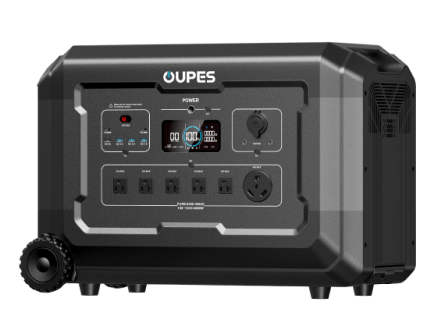
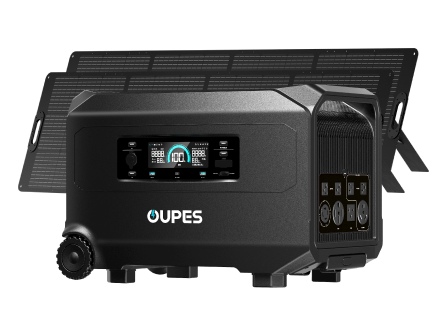

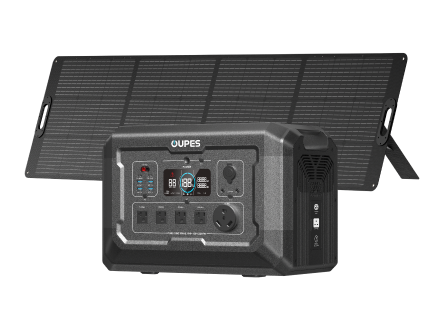

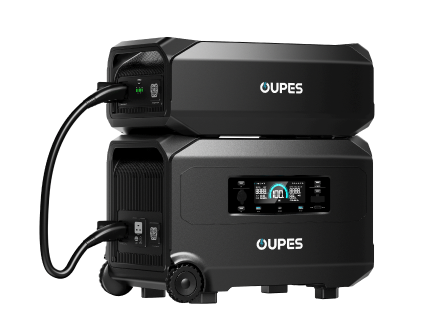

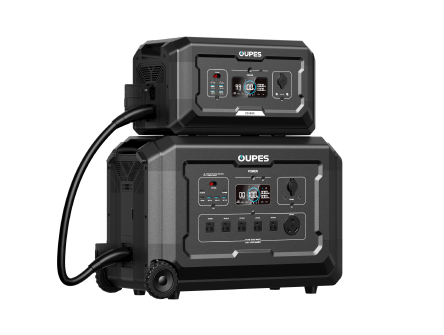
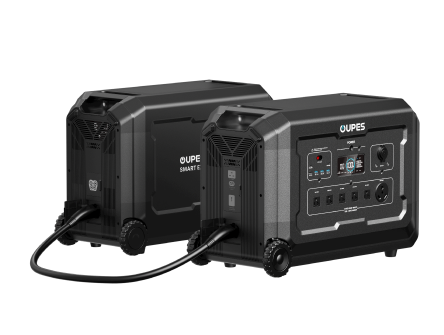
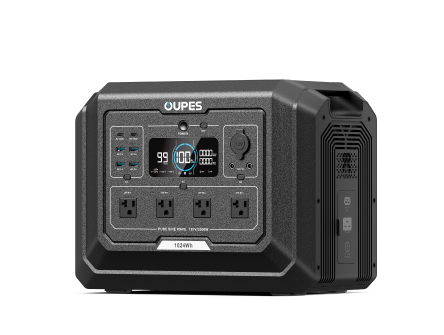



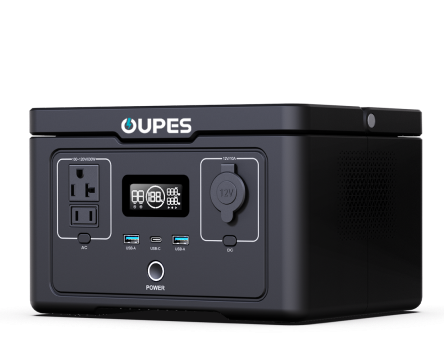


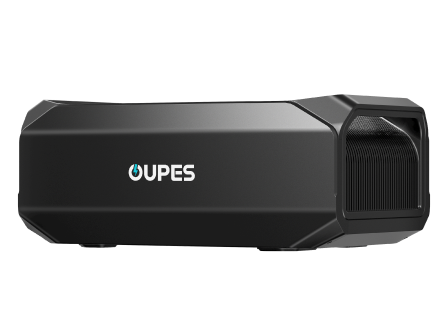
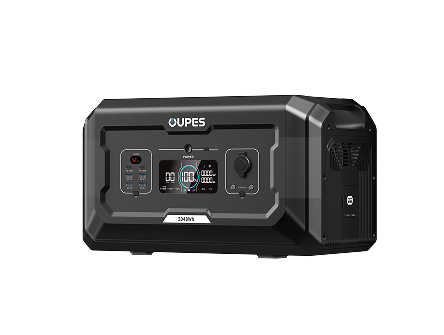

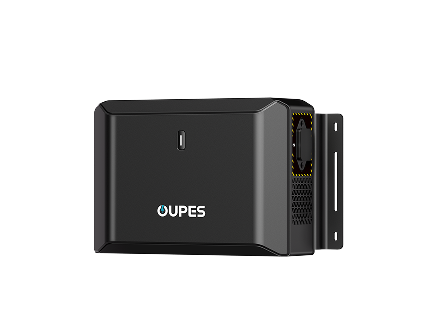






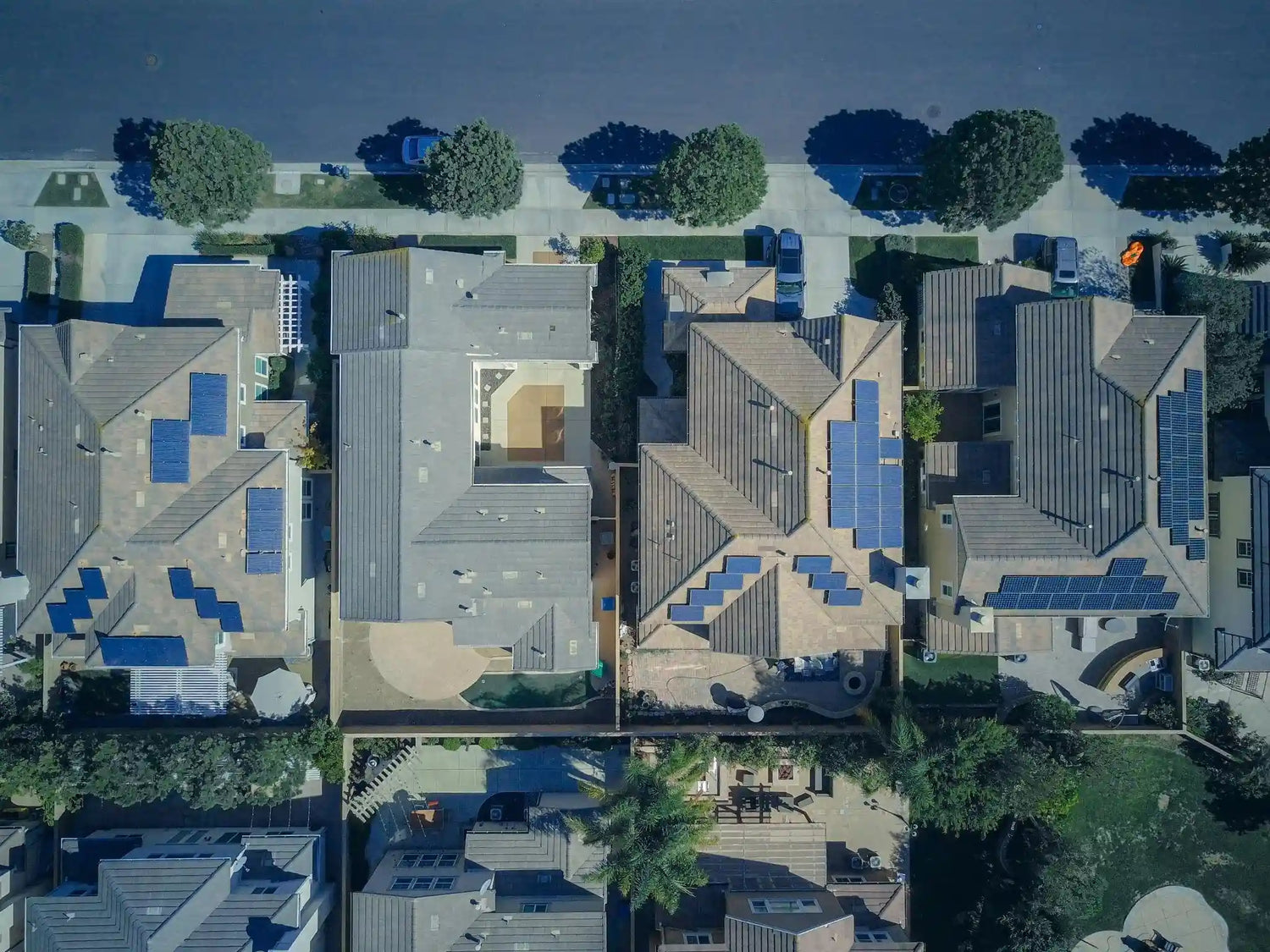


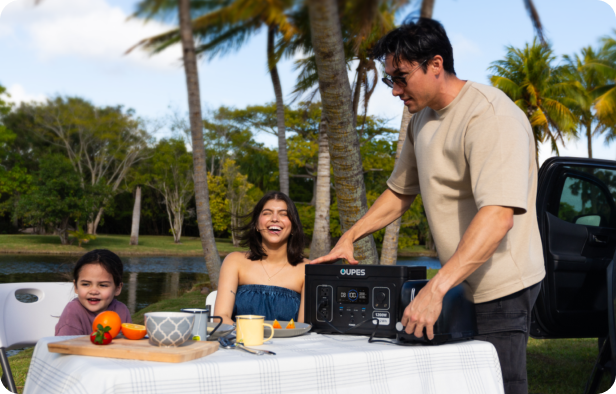
Leave a comment
This site is protected by hCaptcha and the hCaptcha Privacy Policy and Terms of Service apply.